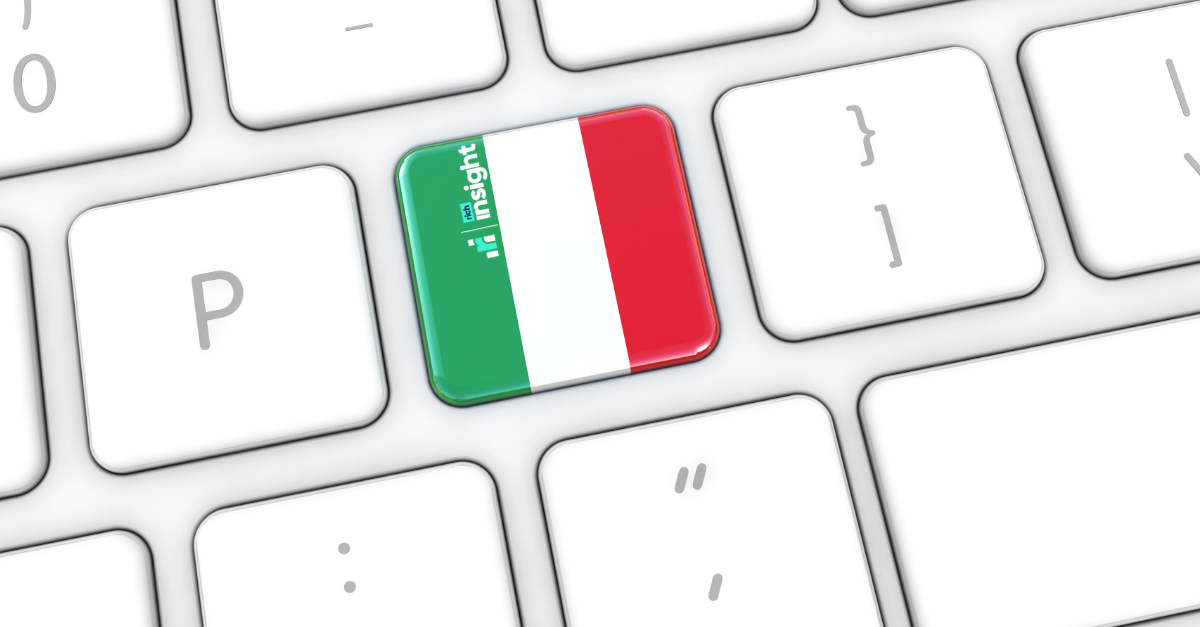This is a guest post from Payoneer – a partner of Rich Insight.
For online sellers, cash flow issues can be a regular occurrence. Whether you’ve seen a decrease in sales, experienced supply-chain complications or are looking to seize a new opportunity to grow your business, it’s always important to have enough cash on hand. Here, we detail how you can overcome common cash flow challenges, ensuring you have enough funds to maintain your business and take advantage of new ways to expand.
Quickbooks’ 2019 The State of Small Business Cash Flow report shows that cash flow is a global headache. 61% of businesses around the world regularly struggle with cash flow, and 42% of businesses state that they have experienced financial challenges in the last year. Despite these financial hardships, there is no better time than now to sell in the eCommerce space. Shopify predicts that there is potential for over $4.8 trillion to be spent globally on eCommerce platforms by 2021, and over 2.1 billion shoppers expected to spend.
Steady cash flow is critical to the success and growth of any business — without it, you wouldn’t be able to buy inventory, make payroll or take that last-minute deal on a new product. Once cash flow is in order, profit will come, allowing you to grow your business.
So, what are some of the financial challenges faced by online sellers, and how can you work around them to benefit your business and increase your chances of success? Read on to learn more.
CHALLENGE #1: THE LONG WAIT FOR YOUR CASH
You may be selling your products on one, or several of the many marketplaces out there. Whether that’s Amazon, Lazada, or Shopee, cash flow issues tend to come about because of the delay between the point of sale, and when you’re paid by the marketplace.
In the world of online marketplaces, the journey of a sale happens quickly — the time between a purchase, shipment and delivery can be less than a few hours. At the same time, it can take several weeks before your profits make it to your bank account. In that time, you still have to cover inventory costs for inventory, marketing, fees, and delivery for weeks before you see money in the bank.
As a comparison, in the world of brick and mortar retail, once a sale is made, cash and credit card payments reconcile in 24 hours.
With funds tied up for online sellers, there isn’t always enough cash to purchase new inventory, thereby slowing down sales and potentially causing bigger issues to operations — and herein lies the cash flow issue.
CHALLENGE #2: BUYING INVENTORY AND WAITING FOR CASH TO BUY MORE INVENTORY
To sell products, you need to buy inventory. While this sounds easy, due to the lag in cash received, this can be very difficult, especially if you are only just starting.
Let’s take an example:
Mary has a successful Amazon business selling a variety of products promoting better ways to sleep. After reading about a new tool for helping babies sleep through the night, she decides to expand her product line.
As a trial, Mary buys 1000 units of the new product at a cost of $10 per unit, totalling $10,000. After taking into account the various costs associated with selling a new product, including marketing, storage and Amazon fees, Mary is left with approximately $25,000 in her bank account for her business’s daily expenses.
Within three days, Mary sells out of her new product and needs to restock. She purchases double the inventory for $20,000, leaving just $5,000 in her bank account.
Although Mary sells her product for 4x the price it costs her to manufacture and buy, she typically won’t see that money for 14 days. During that time, she can only afford to buy 500 more units. Mary is not able to keep up with demand due to lack of cash and ends up losing her Amazon ranking as the hype around her product begins to wane.
CASH FLOW SOLUTIONS
According to CB Insights’ 2019 analysis, 29% of newly established businesses fail because they have run out of cash. To avoid getting into a cash crunch, there are several workarounds that you can use to ensure your inventory remains stocked:
Analysing sales channels – Properly analysing your sales channels allows you to optimise the amount of inventory you buy and sell at any given time. Paying upfront for products that have shorter sales cycles can help speed up cash in, allowing you to forecast the best time to experiment with newer products that may have longer sales cycles.
Budgeting properly – Forecasting your cash flow, and budgeting will help you organise your finances and give you peace of mind. 69% of small business owners say that they have been kept up at night by ongoing concerns about their cash flow status. Taking a look at your balance sheet and PnL and making sure that you’ve included every expense (including inventory, seller fees, advertising, payroll, office supplies, etc.) will help you to determine what is a necessary cost, fixed cost and what you might be able to spend less on.
WORKING CAPITAL OPTIONS WITH PAYONEER
Once you have taken a thorough look at your expenses, you may find that there is a need for external financing. Payoneer’s working capital solution, Capital Advance, enables sellers to scale up their inventory, capitalise on seasonal demand, expand to new markets, increase their marketing budget and pay taxes.
Before making any financing decisions, it’s critical that you take careful consideration of your business needs as outside financing involves many factors, including:
- Considering repayment terms – You’ll need to come up with a detailed repayment plan before accepting any outside financing. Failure to do so can result in the withdrawal of financing, or worse, not being able to pay it back further down the line.
- Understanding that financial solutions are often tailor-made – Before taking outside financing, you’ll need to specify what the funds are for. Later on, if you find that you have an unrelated cash-flow issue, you’ll be forced to go through the process again.
- Failing to read terms and conditions – Before accepting outside financing, inspecting the fine print is essential, as they often contain convoluted terms related to interest rates and repayment terms.
With Capital Advance, you may be eligible to receive working capital offers based on the monthly volume of each of your stores, up to $500,000, with gradual settlement terms at a fixed low fee.
Sign up for an account here and receive a free $50 registration bonus.






Blog Comments